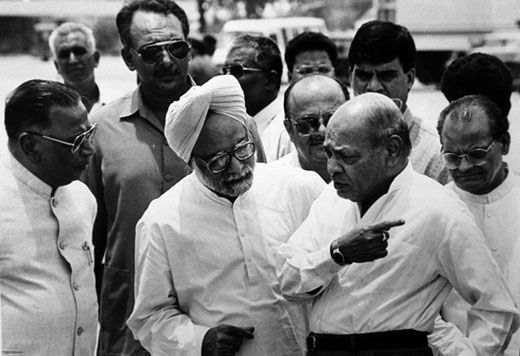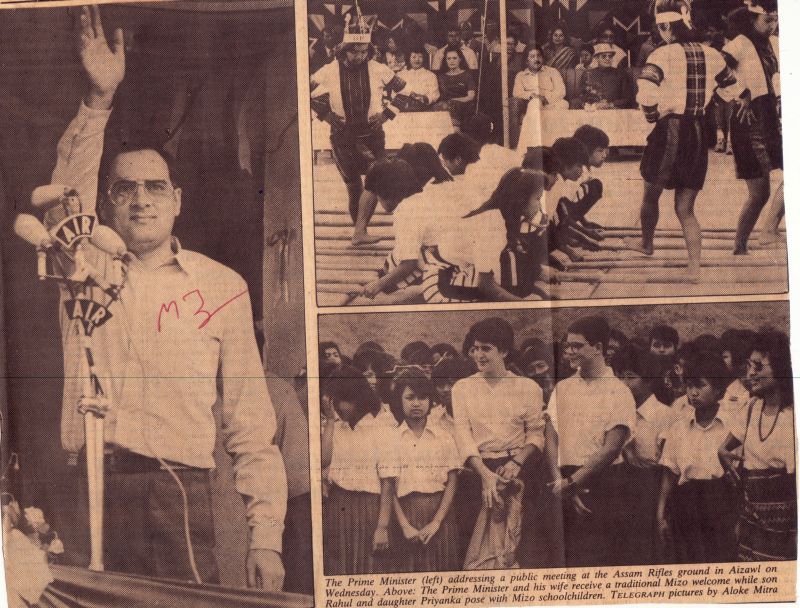
Economic Liberalisation
When the Congress returned to serve the country in 1991, the nation faced grave balance of payments crisis. India had to pledge its gold as part of a bailout deal with the IMF. On July 24, 1991 Finance Minister Dr Manmohan Singh introduced a series of reforms that unshackled the Indian economy and put the nation on a robust growth trajectory.

Congress Elected
Congress came to power riding on a sympathy wave after the martyrdom of Shri Rajiv Gandhi, P.V. Narsimha Rao was chosen as the Prime Minister. He appointed noted economist Dr Manmohan Singh as Finance Minister.

Indo-Sri Lanka Accord
PM Rajiv Gandhi and Sri Lankan President J.R. Jayewardene signed the Indo-Sri Lanka Peace Accord to resolve the ongoing civil war in the island country. Colombo agreed to a devolution of power to the provinces while the Tamil rebels were to surrender arms to the Indian Peace Keeping Force. However, the LTTE refused to disarm, declaring their intent to continue the armed struggle for an independent Tamil Eelam.

Mizoram Accord
The Government of India and the Mizo National Front signed a Memorandum of Settlement on June 30, 1986. The accord restored peace and harmony in the state, which had been in turmoil since the 1950s. The signatories were Laldenga, leader of the movement, R. D. Pradhan, Union Home Secretary, and Lalkhama, Chief secretary, Mizoram.

National Policy on Education
In May, 1986, Rajivji unveiled the a new National Policy on Education, which called for "special emphasis on the removal of disparities and to equalise educational opportunity," especially for women, SCs and STs. This led to the establishment of the Jawahar Navodaya Vidyalaya System. "Operation Blackboard" to improve primary schools nationwide.The policy expanded the open university system with the Indira Gandhi National Open University, which had been created in 1985, opening up the education system,

Telecom Revolution
The setting up of the MTNL on April 01 1986, marked the begining of Rajivji's telecome revolution. In 1987, he appointed Sam Pitroda as his Chief Technology Advisor, paving way for the setting up of Public Call Offices (PCOs) across the country. The government provided telephones to small entrepreneurs. By 2004, there were 1.52 million PCOs across the country, connecting India like never before. By 2004, there were 1.52 million PCOs across the country, connecting India like never before.







